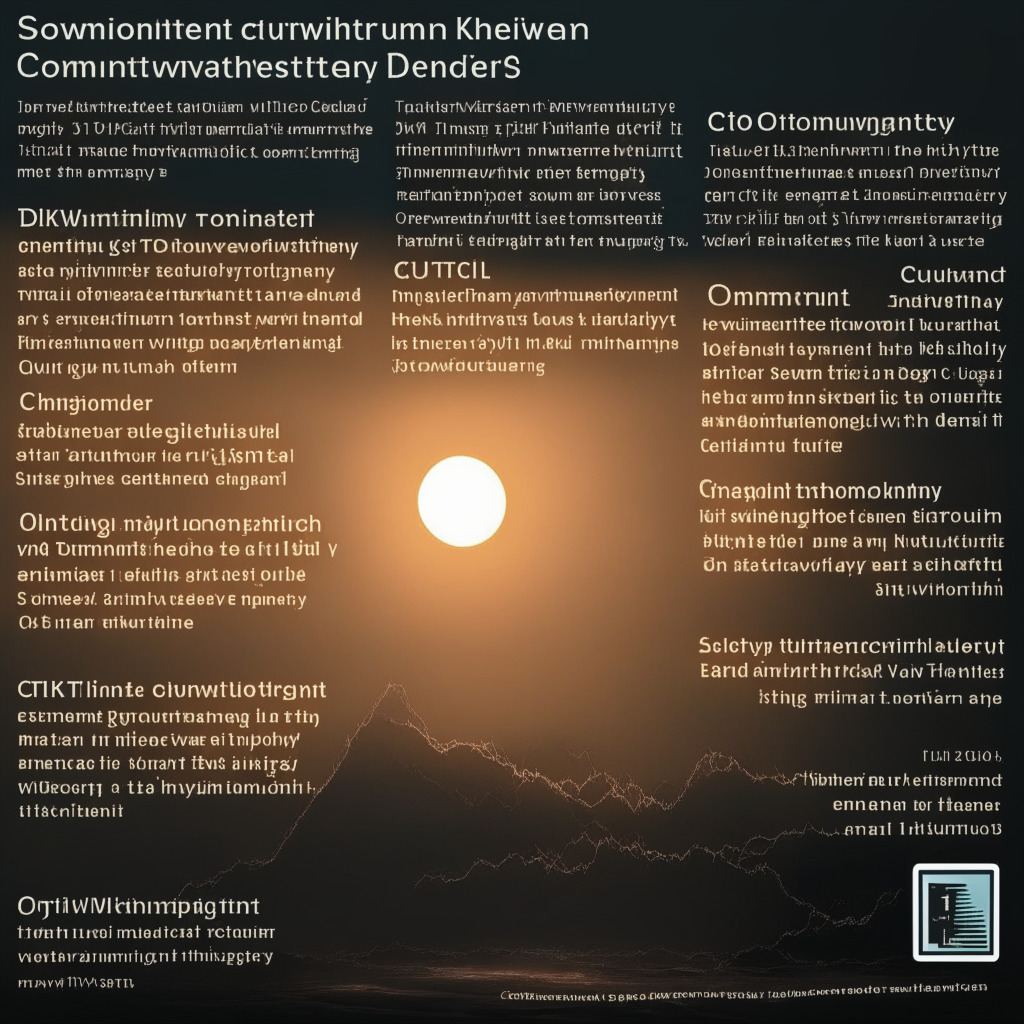The digital asset industry experienced quite a whirl in the recent turn of events, when a decentralized exchange (DEX), Curve Finance, catering specifically to stablecoin, encountered an exploit worth millions of dollars. This unexpected development set the trading spotlight firmly onto UniSwap‘s UNI token, prompting a sharp rise in its perpetual futures funding rates, escalating up to 19%, as per data provided by the crypto service firm, Matrixport.
While such high positive funding rates could typically symbolize a price premium in perpetual contracts compared to the mark price, it also suggests that traders holding long leveraged buy positions are governing the trading sphere. Consequently, they hold the charge to compensate for the funding to the shorts for maintaining their open positions. Following the incident in hand, the UNI token’s perpetuals now trades with almost a 20% premium. Market analysts anticipate UniSwap to gather further market territory post the CRV exploit.
Contrary to the feared fall-out repercussions of the exploit Curl Finance, ranked third-largest DEX, risked a significant $100 million worth of cryptocurrency. Consequently, the price of Curve DAO’s native CRV token plummeted by over 15% to a concerning $0.63, following the attack. This swift depreciation bore the potential to liquidate an alarming $70 million worth of borrowed position of the Curve founder.
However, the perpetual futures markets remain unfazed. Ignoring the exploits and the subsequent repercussions, the markets have maintained a steady momentum, with the funding rates in the CRV and AAVE markets not stepping below zero. Both the assets’ futures still trade at a premium, indicating a strong market sentiment in favor of these tokens against their DEX regarding TVL rather than opting to short the token.
Nonetheless, the exploit did hit the Total Value Locked (TVL) tied with Curve Finance. A significant value dropped from $3.2 billion to $1.8 billion, as sourced from DeFiLlama. On the other hand, the TVL tied to UniSwap maintained stability around $3.8 billion, while AAVE’s dipped slightly from $5.85 billion to $5.37 billion.
All these suggest a future where traders weigh the pros and cons of decentralized exchanges more meticulously and choose where to lock their values after considering all facets. After all, the digital asset space is continually evolving and striving to strengthen its foundations.
Source: Coindesk




